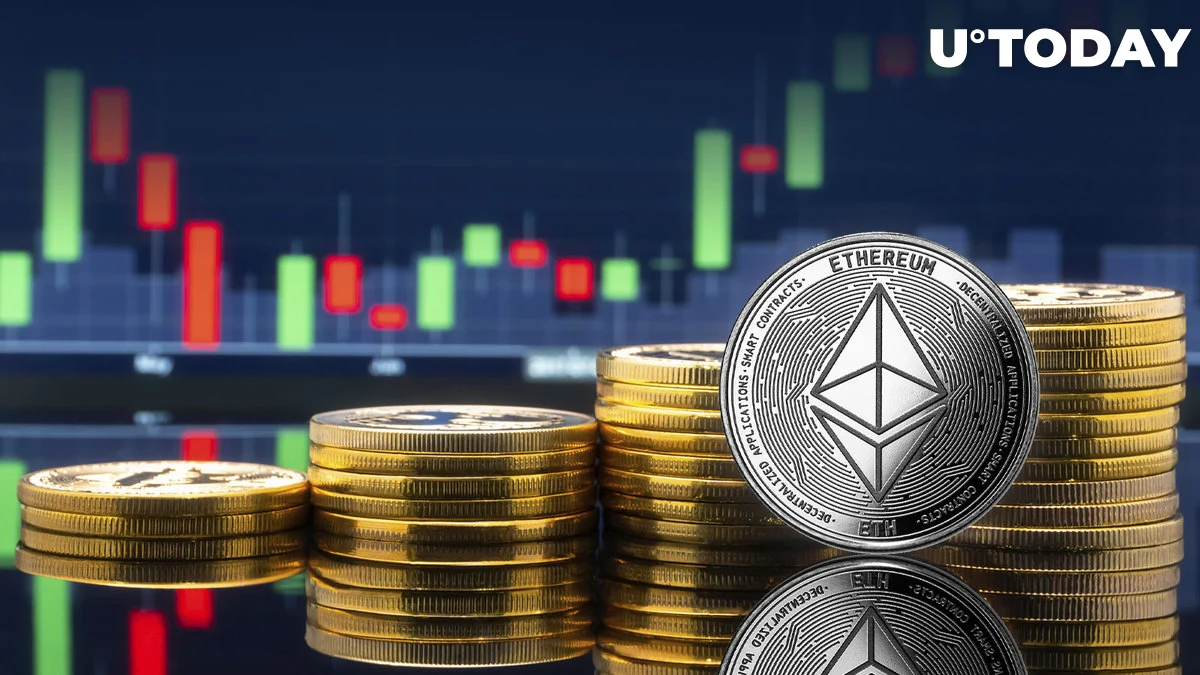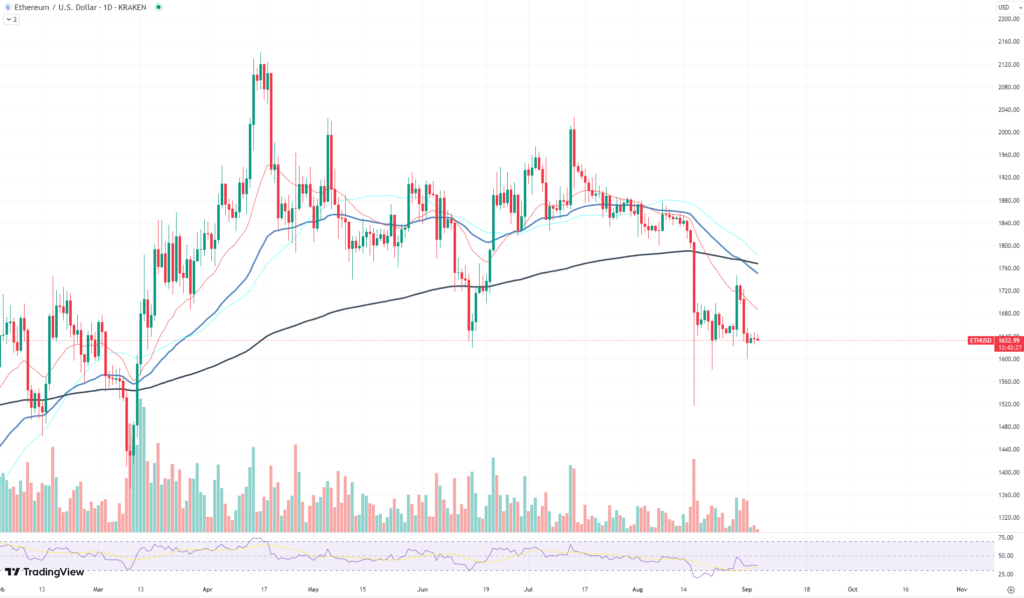
Mixed emotions have been expressed by traders and investors following Ethereum’s recent passage through a death cross. At the time of writing, Ethereum is trading at around $1,634.86, a figure that has drawn attention for its possible ramifications. The death cross is not always the portent of doom that it is frequently made up to be, despite its gloomy name.
The death cross is frequently considered the strongest bearish indication. A short-term moving average crossing below a long-term moving average causes it to happen.
However, the trading history of Ethereum indicates that both golden crosses, which are the exact opposite of death crosses, and death crosses may be deceptive. They are not the end-all, be-all indications that many people think they are. In truth, they frequently amount to nothing more than blips in the overall scheme of market movements.

Let’s now explore the liquidity issue. Like many other cryptocurrencies, Ethereum has struggled to gain commercial momentum. The liquidity and volume are not exactly portraying a picture of prosperity. However, this is more of a symptom of general market conditions than a fundamental problem with Ethereum itself.
On the other hand, Ethereum has been shown life in other places. For instance, the network’s Total Value Locked (TVL) has been moving up, showing that it is not at all static. This implies that the fundamentals are sound even though the market indicators are not at their best right now.
So what should we learn from this? The latest death cross for Ethereum does not portend doom. It is only one part of a bigger story that also takes into account things like liquidity, volume, and fundamental strength. Ethereum’s fundamental technology and adoption figures remain solid, despite the uncertain situation of the market.


















